Fooling Around With Trompe l’Oeil
Trompe l’oeil is a French phrase that means, literally, “deceive the eye.” It’s used to describe a style of painting that uses shading and perspective to make a two-dimensional painting appear to be truly three-dimensional—at least for a few moments. You’ve probably seen restaurants with columns painted on the wall that, briefly, really do look like three-dimensional objects jutting out from the wall.
To learn trompe l’oeil you must learn more than a new technique for painting, you must learn to look at the world around you and see it for it’s dimensionality. Here are some tips:
1. Look at a shadow in the room where you are right now. Notice that it’s some type of gray. All shadows of opaque objects (that is, those objects that don’t allow light to pass through them) are gray. Shadows of transparent items are gray mixed with the color of the object (for example, the red of a stained glass window) or a lighter shade of gray because the light that passes through the object diffuses the shadow.
2. There are two major keys to learning trompe l’oeil: chiaroscuro and perspective. Chiaroscuro is the use of shadow and light. Perspective is the representation of parallel lines as converging in order to give the illusion of depth and distance. In order to “deceive the eye” the perspective and light source (light and shadow) must be appropriate to the space and to the position of the viewer.
3. Trompe l’oeil is limited in its ability to trick the eye. As a result, most designs work best if the picture is viewed square on.
4. To learn to paint realistic illusionary art, you must learn to see the world. For example, look again at a shadow. Notice its three primary characteristics: It follows the shape of its source faithfully; the closer it is to the object, the greater the detail; and it’s ethereal in nature (usually painted with a wash).
5. Basic rules of perspective apply. To decide on placement of the horizon or eye line, consider the space in which the painting will appear. Is it a place where people will normally stand (a hallway) or sit (a dining room or living room)? Decide where you want the illusion to be most effective and determine the horizon line from that viewpoint.
6. Use real light sources in the setting for best effect. The only exception to this is if the light source is straight on the painting (directly across). Lighting from above and to one side or the other is best.
7. Most attempts at trompe l’oeil fail because the dimensions, perspective and shadows in the piece are not consistent to the light source. To learn more about shadow, set up a light and place items at varying distances and angles around it. Pay attention to the depth of the shadow (the closer to the light source, the darker and narrower the shadow) as well as the direction the shadow falls. Is there more than one light source for your scene? Set up similar lighting to see the effect on objects in the room.
8. Illusionary art works best at a distance. A master painter can fool the eye at close proximity, but most trompe l’oeil is meant to be seen from 510 feet away. For this reason, attention to perspective, light and shadow is more important than the minute details of each element of the design. That isn’t to say that you may not wish to include those details, but rather to say that they’re less important to the illusion than the larger issues of perspective and light.
9. For the best effect in a trompe l’oeil painting, items in the painting should be varied in distance from the viewer. If, for example, you paint a shelf and all the items on it line up perfectly, your painting will have to be much more detailed and consistent than if you were to push some items back with less detail while others are closer to the viewer.
10. For inspiration, visit the Community Bridge Project Web site at bridge.skyline.net/
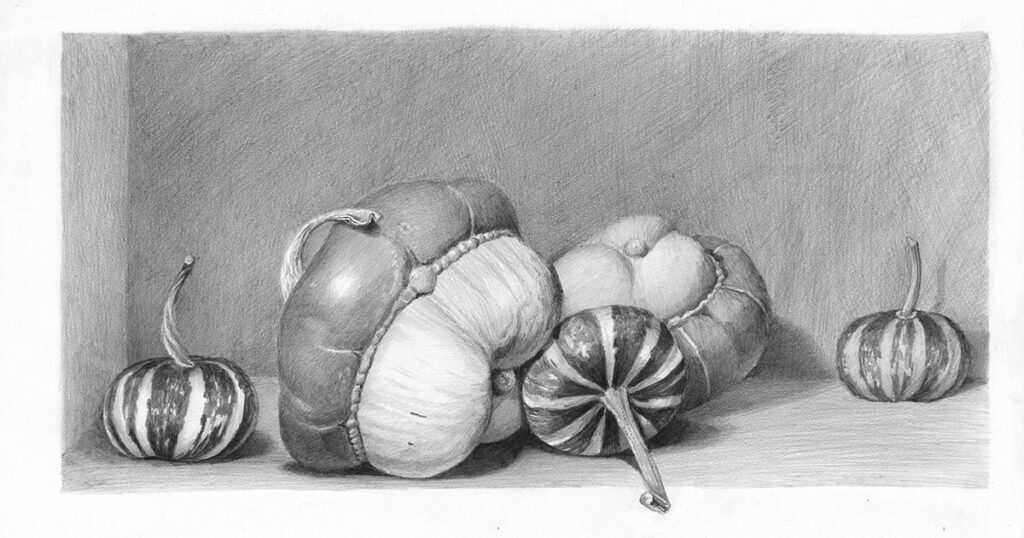
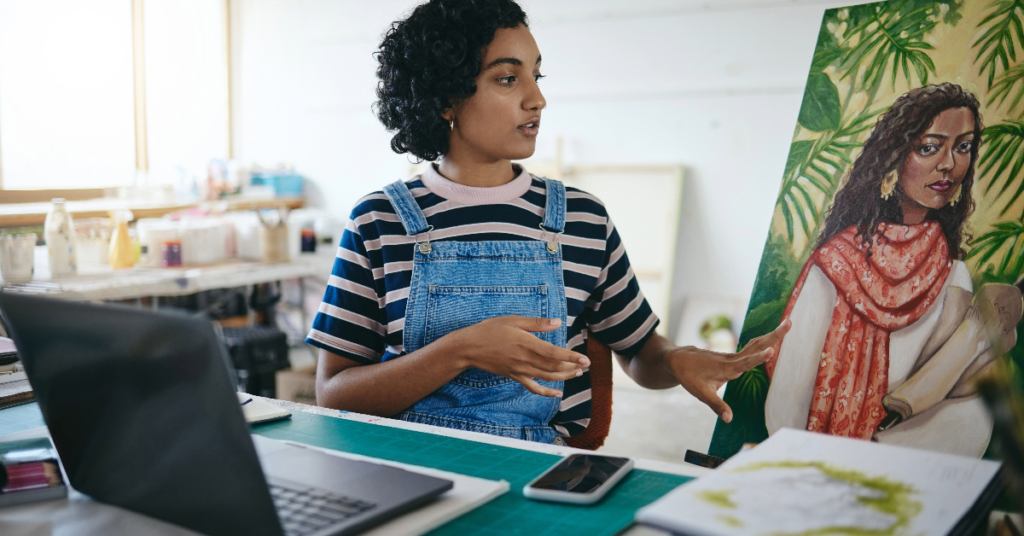
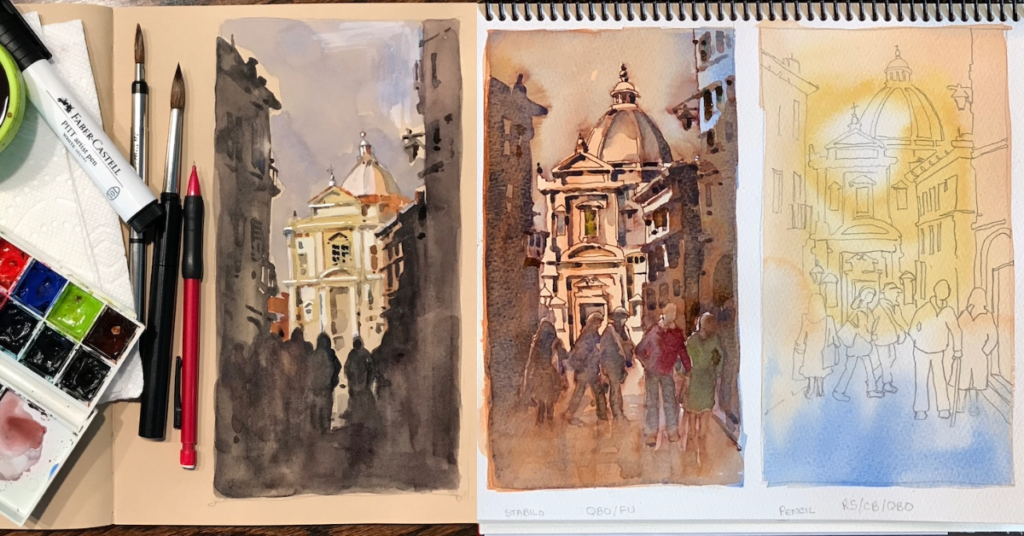
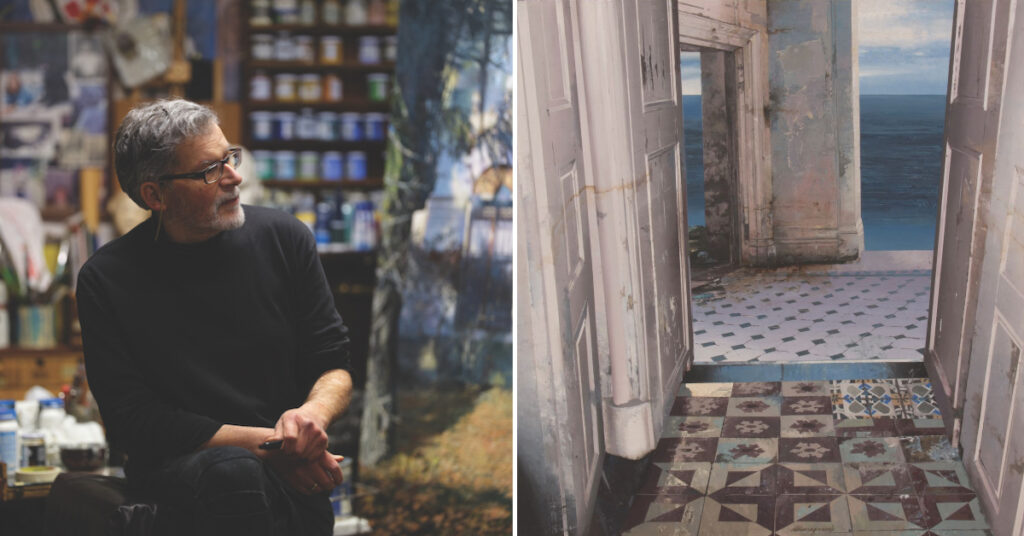
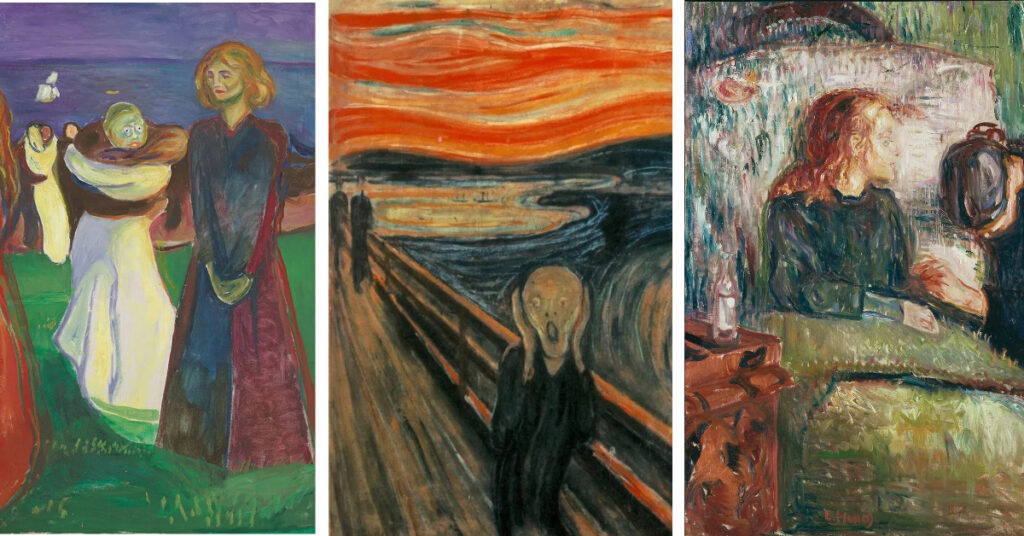
Have a technical question?
Contact UsJoin the Conversation!